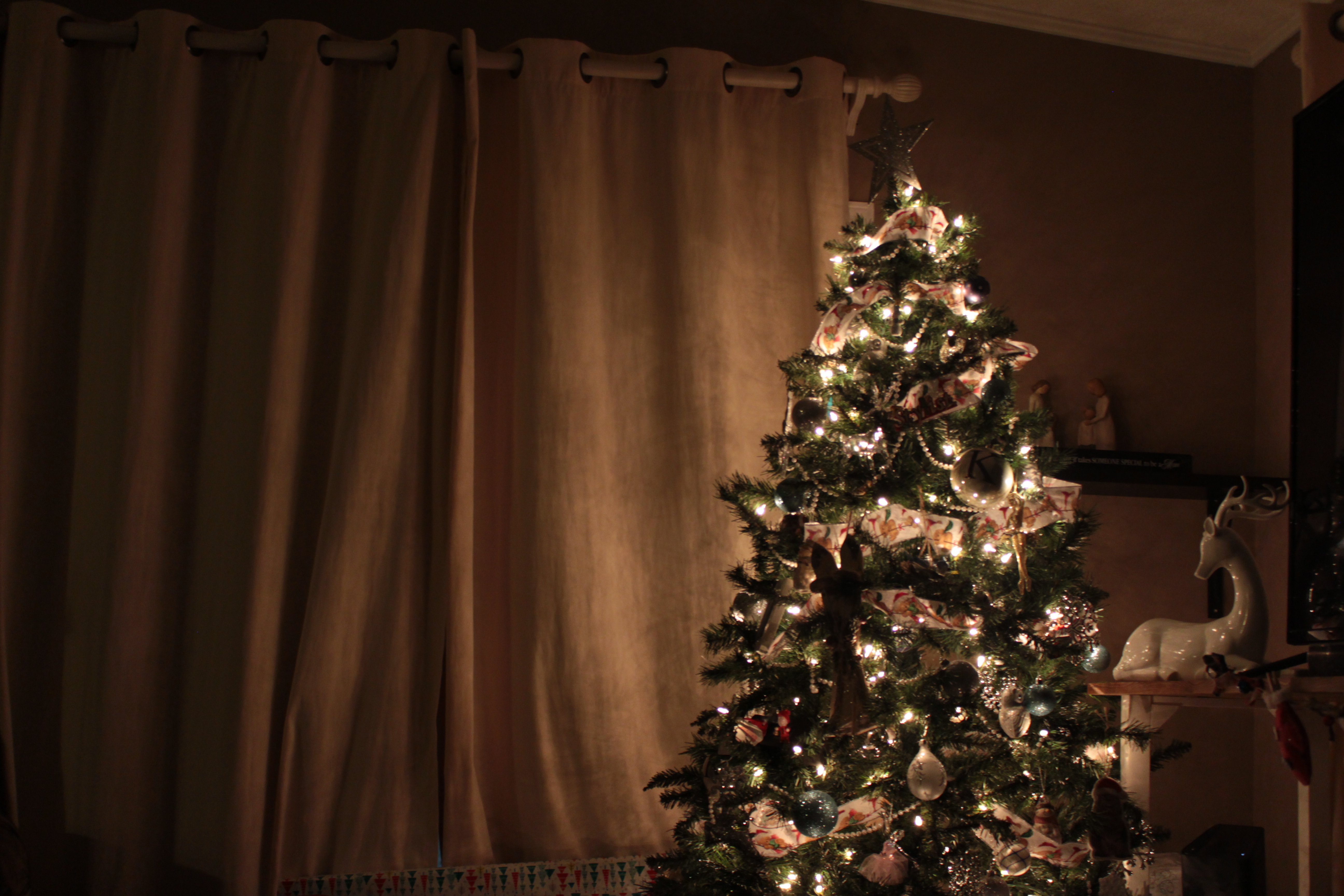Many people set up and decorate a tree in their homes for the holiday season and every year, thousands of Christmas trees are shipped out of the East Kootenay, and the history of the region’s industry dates back to the Great Depression.
According to Key City Chronicles, the Christmas tree industry took off in 1932 when the Great Depression was causing economic problems for residents, and it’s been here to stay ever since. At the time, ranchers would add a winter crop of trees to their field operations to supplement their income.
Throughout the history of the East Kootenay’s Christmas tree trade, selling trees far and wide became a staple to the region’s economy in the winter, with shipments going across North America.
An article in the Cranbrook Courier, dated November 21, 1935, said a 35-foot tall Christmas tree from the East Kootenay may be sold in Texas for $40 to $50, which the Bank of Canada said would be between $748.49 and $935.62 adjusted for inflation in 2019.
The industry grew through the years, and more trees were shipped across North America, giving residents in the region secure seasonal employment.
“The biggest production year here in the Valley was in 1960,” said Charlie Willis, owner of Kootenay Tree farms. “They shipped 1.6 million trees. The bulk of them went into the U.S. and Mexico. That was the Christmas money for everyone in the Valley.”
In 1960, Willis said a tree cutter would make between $1.50 and $2 per tree cut (between $13.03 and 17.38 in 2019), with its value doubling each time it changes hands from the grower to the wholesaler, to the retailer. A tree could eventually fetch a price ranging from $6 to $8, or $52.13 to $69.50 today, according to the Bank of Canada’s inflation calculator.
Helen Luke worked harvesting Christmas trees started when she was 10 on her family farm in Grasmere from the mid-’50s to 1960, harvesting around 3,000 trees a year with her mother, father and brother.
Luke said one year, some difficulty arose with the family’s stock of stored trees.
“We must have had maybe 1,000 Christmas trees. We put them into this barn that we had on the farm because it wasn’t as cold as it should be. Then we went into the barn to get the Christmas trees to give to the company that was buying them,” said Luke. “When we went in there, all the needles were stripped off the trees. The mice in the barn had eaten all the needles off of the Christmas trees, so we had to go out and start all over again!”
Cultivating the perfect trees to sell, however, has always been a labour-intensive process that takes a lot of waiting.
“You start out by spacing your trees,” explained Willis. “You clean the limbs off between the stump and the tree, then you feed it some fertilizer and you wait. Your biggest market is in five to seven-foot trees, so when you’re at 40 inches, you have three to four years to wait.”
Willis said that this year he harvested about 5,200 trees to sell locally and elsewhere, all the way to Edmonton. For Willis, harvesting Christmas trees has become a labour of love in his retirement.
Luke added that cultivating the trees was important to ensure a sustainable future for the business.
“When we cut our Christmas trees, we made sure that we did it in such a way that it was not harmful to other parts of the forest,” explained Luke. “ You have to harvest them so that the new growth has time to grow and produce your Christmas trees for the following year.”
Willis explained that the type of trees, their unique, natural look and the region’s climate makes the East Kootenay’s Christmas trees special.
“Most of the Douglas fur we have in the valley only grows about eight to nine inches a year, so it grows to be just about a perfect Christmas tree all on its own,” said Willis. “The other thing that happens to the trees in this valley is that we usually have a little bit of frost in September, that tells a tree to dump its water. After a tree has dumped its water, you can cut it and ship it anywhere in the world.”
Willis added that the early frost was a major key to the success of Christmas Tree harvesting in the area.
While the industry has taken a bit of a downturn in recent years due to the popularity of plastic trees and pruned trees from the United States, Willis said that tree harvesting in the East Kootenay is slowly but surely sprouting once again.




